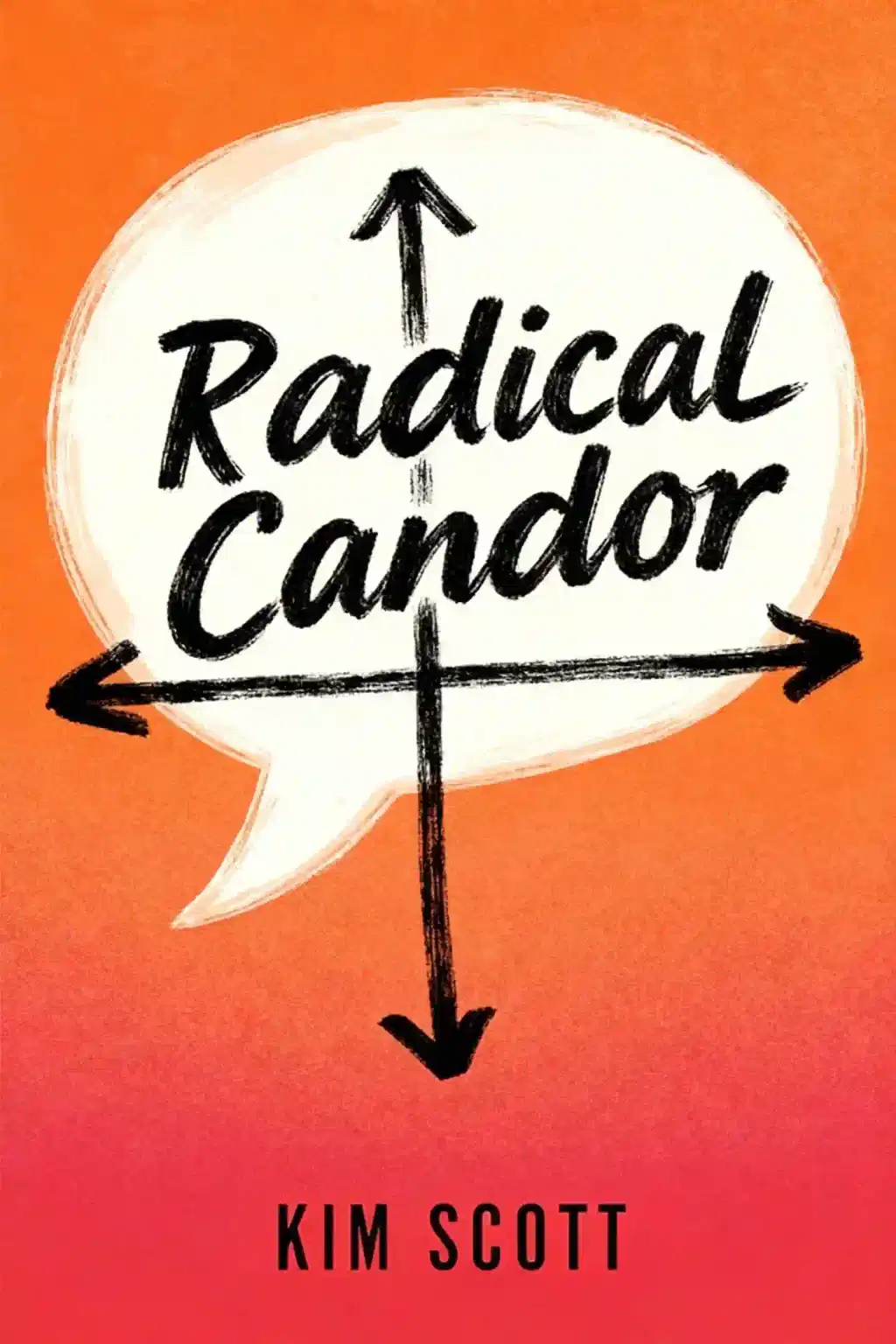What is
Fierce Conversations by Susan Scott about?
Fierce Conversations teaches principles for authentic, impactful dialogue to address tough challenges and improve relationships. Susan Scott’s seven-step framework emphasizes radical transparency, active listening, and tackling unspoken issues to drive personal and professional growth. The book argues that every conversation shapes outcomes over time, urging readers to replace superficial exchanges with meaningful interactions.
Who should read
Fierce Conversations?
Leaders, managers, HR professionals, and anyone seeking to improve communication in workplaces or personal relationships. It’s particularly valuable for those navigating conflicts, organizational change, or team dynamics. Susan Scott’s insights help professionals at all levels foster trust and resolve systemic issues through candid dialogue.
Is
Fierce Conversations worth reading?
Yes – it’s rated 10/10 by leadership experts for its actionable strategies to transform communication. Readers praise its real-world examples and tools like the “Mineral Rights” questioning technique. Over 81% retention improvements and 36% promotion rate boosts are reported by companies using its methods.
What are the 7 principles of fierce conversations?
- Interrogate reality (challenge assumptions)
- Make it real (avoid masking truth)
- Be present (eliminate distractions)
- Tackle tough issues (name elephants in the room)
- Obey instincts (act on gut feelings)
- Take responsibility (own emotional impacts)
- Enrich relationships (build mutual trust)
These principles create conversations that drive accountability and innovation.
What does “Conversation = Relationship” mean in
Fierce Conversations?
Scott argues that relationships are the cumulative result of conversations. Avoiding hard truths or withholding feedback erodes trust, while authentic dialogue builds emotional capital. For example, companies using fierce methods report 23% higher coaching effectiveness by addressing unspoken tensions directly.
How does
Fierce Conversations define “fake” vs. “fierce” discussions?
Fake conversations: Surface-level exchanges where participants hide true feelings (“I’m fine” when struggling).
Fierce conversations: Vulnerable dialogues confronting core issues (“Your missed deadlines are hurting the team”). Scott warns that habitual fakeness leads to organizational stagnation.
What are the four objectives of fierce conversations?
- Uncover reality – Surface hidden truths
- Spark learning – Challenge mental models
- Resolve challenges – Address root causes
- Deepen connections – Build psychological safety
These goals help teams move beyond superficial problem-solving.
How does
Fierce Conversations help with workplace conflict?
The “Decision Tree” tool clarifies accountability levels for decisions, while the “Mineral Rights” model uses layered questions to uncover core issues. Companies report 13% higher strategy execution rates by applying these frameworks to resolve conflicts early.
What criticism exists about
Fierce Conversations?
Some find its direct approach culturally jarring in hierarchical organizations, requiring adaptation for consensus-driven environments. Others note the principles demand significant emotional labor to implement consistently.
How does
Fierce Conversations compare to
Crucial Conversations?
Both address high-stakes dialogue, but Scott focuses more on authenticity (being “real”) while Patterson/Kerr emphasize safety (creating conversational security). Fierce Conversations includes more organizational case studies, while Crucial Conversations offers step-by-step scripting.
What does “one conversation at a time” mean?
Scott argues systemic outcomes (failed projects, divorces) result from accumulated unaddressed issues – like 100 shallow discussions enabling a crisis. Transformative change requires treating each interaction as consequential.
How to apply
Fierce Conversations in remote teams?
Use the “START” checklist:
- Subject clarity
- Trackable outcomes
- Accountability terms
- Real-time feedback
- Time-bound follow-up
This prevents ambiguity in virtual settings.
What discussion questions work for
Fierce Conversations book clubs?
- “Where do we pretend agreement here?”
- “What reality are we avoiding?”
- “Which conversation could change everything if we had it today?”
Groups using these report 73% faster conflict resolution.














